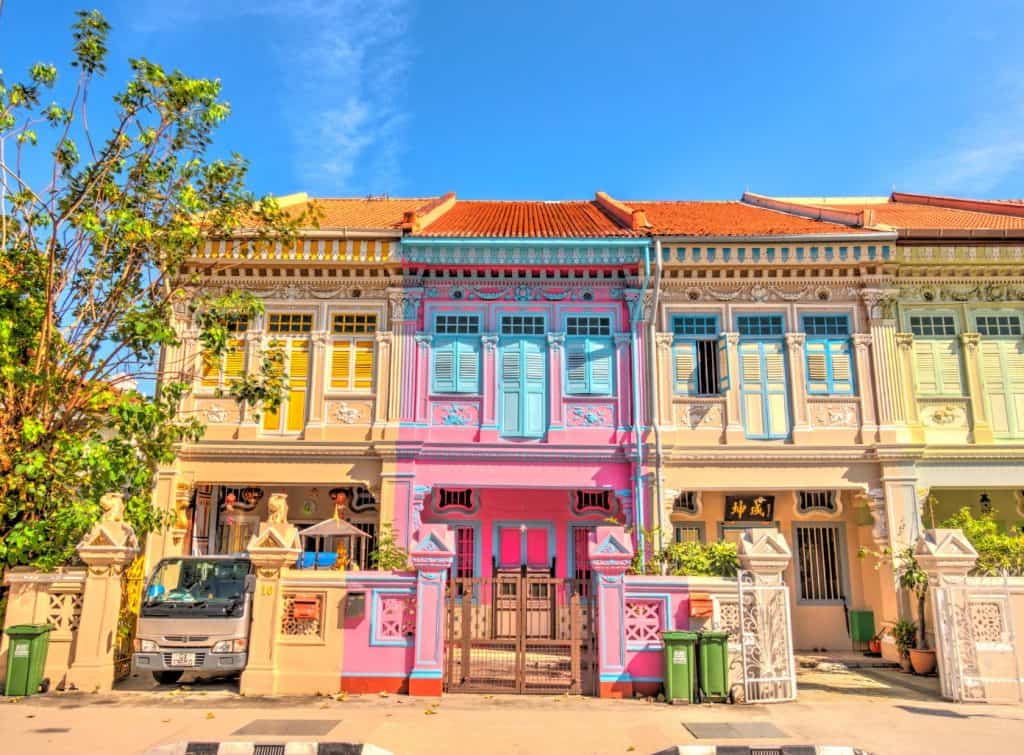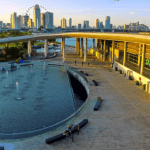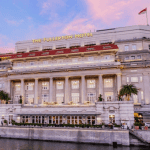Peranakan houses are well-known for their unique and distinctive architecture. These beautiful homes, found primarily in Southeast Asia, are a testament to the rich cultural heritage of the Peranakan people. In this article, we will delve into the fascinating world of Peranakan architecture, exploring its roots, characteristics, notable examples, preservation efforts, and its influence on modern design.
Understanding the Peranakan Houses Culture

Before we explore the architectural aspects of Peranakan houses, it is crucial to understand the culture that gave rise to these unique structures. The Peranakan people are descendants of Chinese immigrants who settled in various parts of Southeast Asia, such as Malaysia, Singapore, and Indonesia, between the 15th and 17th centuries. Through intermarriages with local Malays and Indonesians, the Peranakan culture emerged, blending Chinese, Malay, and Indonesian traditions.
The Origin of Peranakan Culture
The origins of Peranakan culture can be traced back to the maritime trading routes that connected China with Southeast Asia. As Chinese traders settled in these foreign lands, they formed close ties with the locals, leading to intercultural exchanges and the birth of a unique hybrid culture.
The Peranakan people developed their own distinct language, known as Baba Malay or Peranakan Malay, which is a mix of Malay, Hokkien Chinese, and Indonesian languages. This language became an important part of their cultural identity and was used in daily conversations, literature, and even in the design of their homes.
Food also played a significant role in shaping the Peranakan culture. The Peranakan people developed a unique cuisine known as Peranakan or Nyonya cuisine, which combines Chinese cooking techniques and ingredients with Malay and Indonesian flavors. This fusion of flavors resulted in dishes that are rich in spices, herbs, and aromatics, creating a delightful culinary experience.
The Influence of Peranakan Culture on Architecture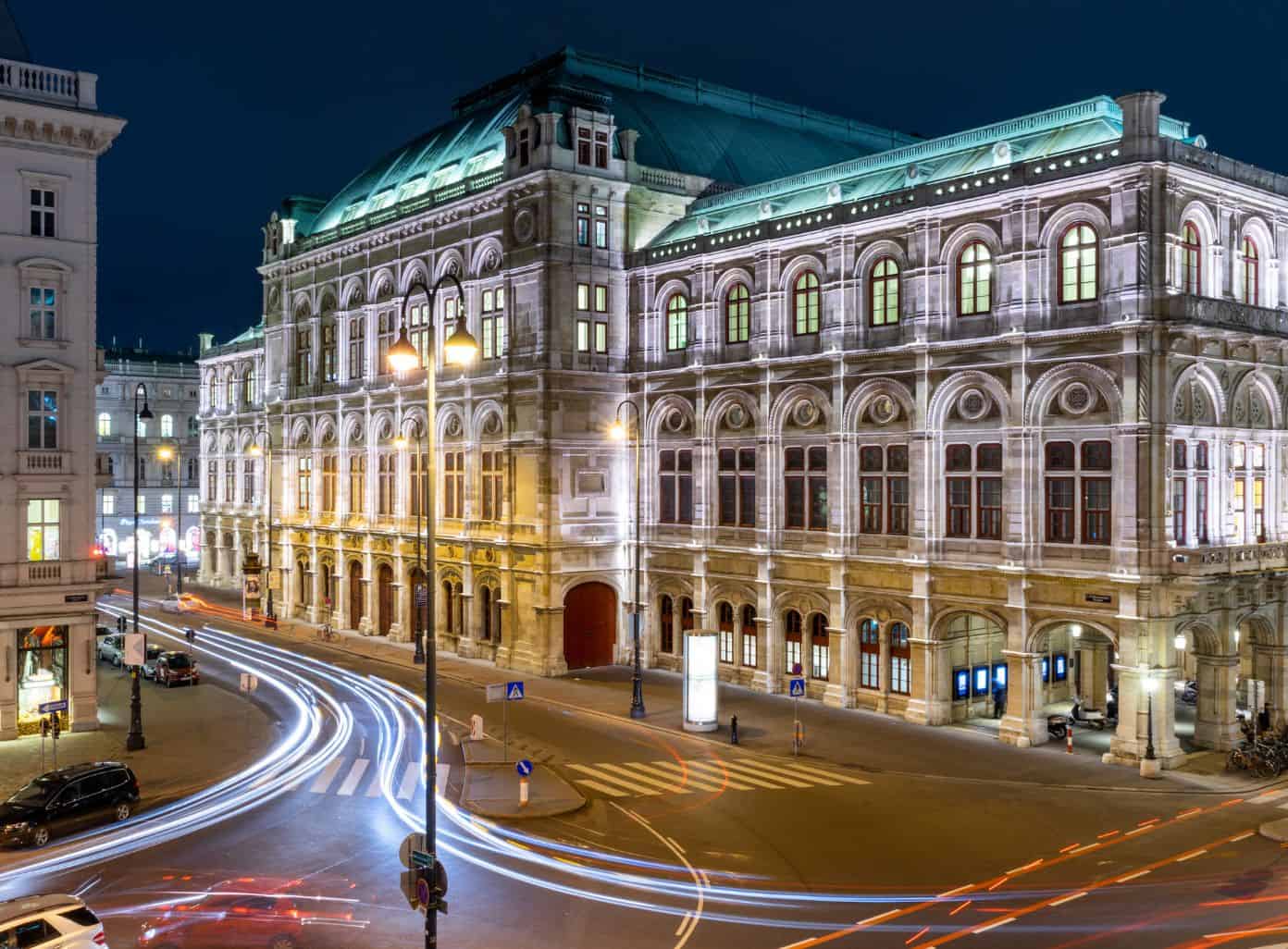
One of the most significant aspects of Peranakan culture is its profound influence on architecture. The rich cultural heritage of the Peranakan people is reflected in the design, layout, and decorative elements of their homes.
Peranakan houses are known for their intricate and ornate facades. Elaborate carvings and colorful tiles adorn the exterior walls, showcasing the craftsmanship and attention to detail that the Peranakan people valued. These decorative elements often depict Chinese motifs, such as dragons and phoenixes, as well as local flora and fauna, showcasing the fusion of Chinese and local influences.
Inside the Peranakan houses, one can find a mix of Chinese and Malay architectural features. The main hall, or the “kongsi,” is the heart of the house, where family members gather for meals and important occasions. The furniture in the house is often made of rosewood or teak, showcasing the influence of Chinese woodworking techniques.
Another distinctive feature of Peranakan houses is the presence of a central courtyard or “airwell.” This open space allows for natural light and ventilation, creating a pleasant and airy atmosphere within the house. The courtyard is often adorned with plants and a small water feature, symbolizing prosperity and tranquility.
The interiors of Peranakan houses are decorated with intricate wood carvings, ceramic tiles, and porcelain figurines. These decorative elements often depict scenes from Chinese mythology and folklore, showcasing the Peranakan people’s reverence for their cultural heritage.
Overall, the architecture of Peranakan houses is a testament to the rich and diverse cultural heritage of the Peranakan people. It is a harmonious blend of Chinese, Malay, and Indonesian influences, creating a unique architectural style that is both visually stunning and culturally significant.
The Architectural Characteristics of Peranakan Houses
Peranakan houses are characterized by their intricate details and vibrant colors. These architectural gems often feature elements from Chinese, Malay, and European styles, making them truly unique.
The Use of Colour in Peranakan Houses
Colour plays a vital role in Peranakan architecture. Bright and bold hues adorn the walls, windows, and doors of these houses, creating a visually stunning effect. These vivid colors are symbolic of the vibrant Peranakan culture and reflect the optimism and joy of the people who inhabit these homes.
The Significance of Ornamentation in Peranakan Architecture
Ornamentation is another key aspect of Peranakan architecture. Elaborate carvings, intricate motifs, and intricate tile work can be found throughout these homes. Each ornate detail tells a story, representing the rich cultural heritage and the prosperity of the Peranakan people.
The Role of Symmetry in Peranakan House Design
Symmetry is a fundamental principle in Peranakan house design. The front facade of these houses often features a symmetrical layout, with matching windows, doors, and decorative elements meticulously arranged. This symmetrical harmony not only enhances the visual appeal of the house but also represents the balance and orderliness valued in Peranakan culture.
Notable Examples of Peranakan Houses
Several notable examples of Peranakan houses exist, each showcasing the unique architectural charm of the culture.
The Blue Mansion in Penang
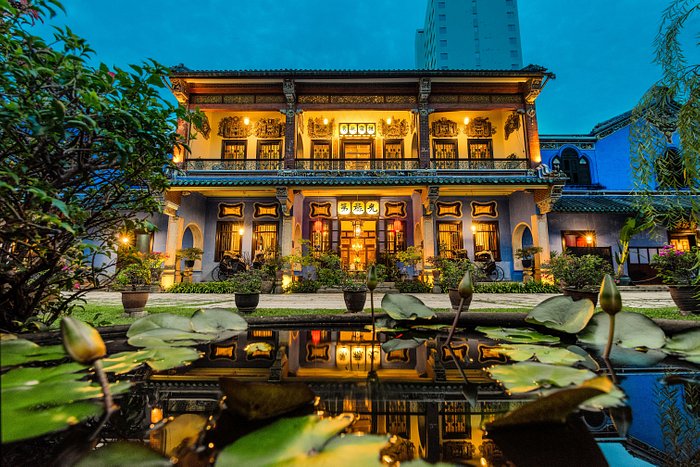
One of the most famous Peranakan houses is the Blue Mansion in Penang, Malaysia. This majestic house is renowned for its vivid blue exterior and exquisite architectural details. It serves as a museum today, offering visitors a glimpse into the opulent lifestyle of the Peranakan elite.
The Intan in Singapore
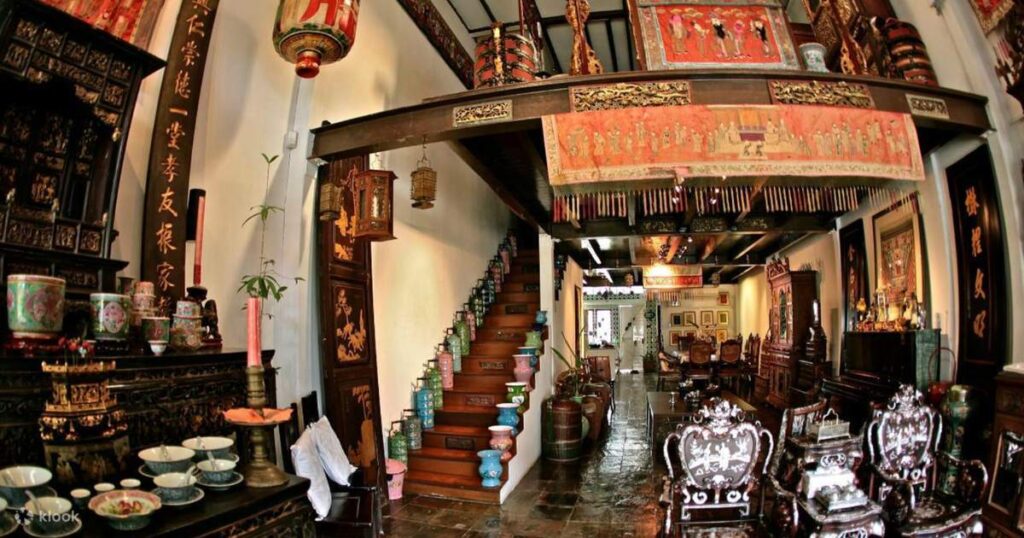
Another remarkable Peranakan house is The Intan in Singapore. Known for its stunning collection of Peranakan artifacts and its authentic architecture, The Intan provides an immersive journey into Peranakan history and culture. Visitors can marvel at the intricacies of the architecture and gain a deeper understanding of the Peranakan heritage.
The Preservation and Conservation of Peranakan Houses
Preserving and conserving Peranakan houses is of utmost importance to ensure the survival of this unique architectural heritage.
The Challenges of Preserving Peranakan Architecture
However, preserving these houses is not without its challenges. Rapid urban development and the passage of time present significant obstacles to the conservation efforts. Many Peranakan houses have been lost to modernization, making the conservation of the remaining ones crucial.
Successful Conservation Efforts
Despite the challenges, there have been successful conservation efforts. Several organizations and individuals are dedicated to preserving Peranakan architecture, restoring old houses to their former glory. These efforts not only protect a valuable cultural heritage but also contribute to the unique character and charm of the neighborhoods.
The Influence of Peranakan Architecture on Modern Design
The influence of Peranakan architecture extends beyond historical preservation. It has also inspired modern architects to incorporate Peranakan elements into contemporary designs.
Incorporating Peranakan Elements in Contemporary Architecture
Contemporary architects often draw inspiration from the vibrant colors, intricate details, and symmetrical layouts of Peranakan houses. By incorporating these elements into their designs, they pay homage to the cultural significance of Peranakan architecture while creating modern spaces that evoke a sense of nostalgia and cultural identity.
The Future of Peranakan Architecture
As we look to the future, the preservation and appreciation of Peranakan architecture are vital. It is through understanding and celebrating the unique architecture of Peranakan houses that we ensure the legacy of this rich heritage lives on, captivating the hearts and minds of generations to come.

